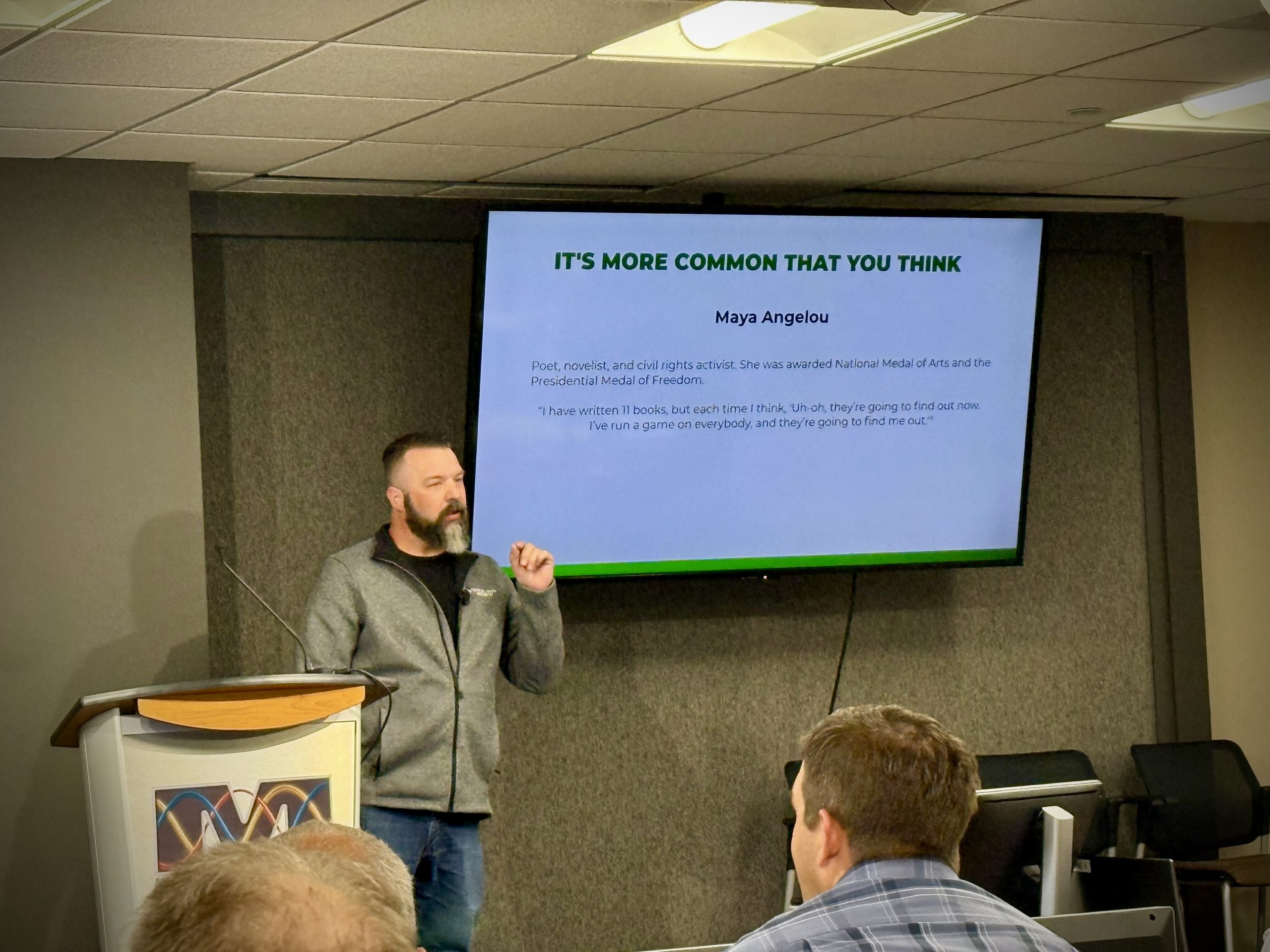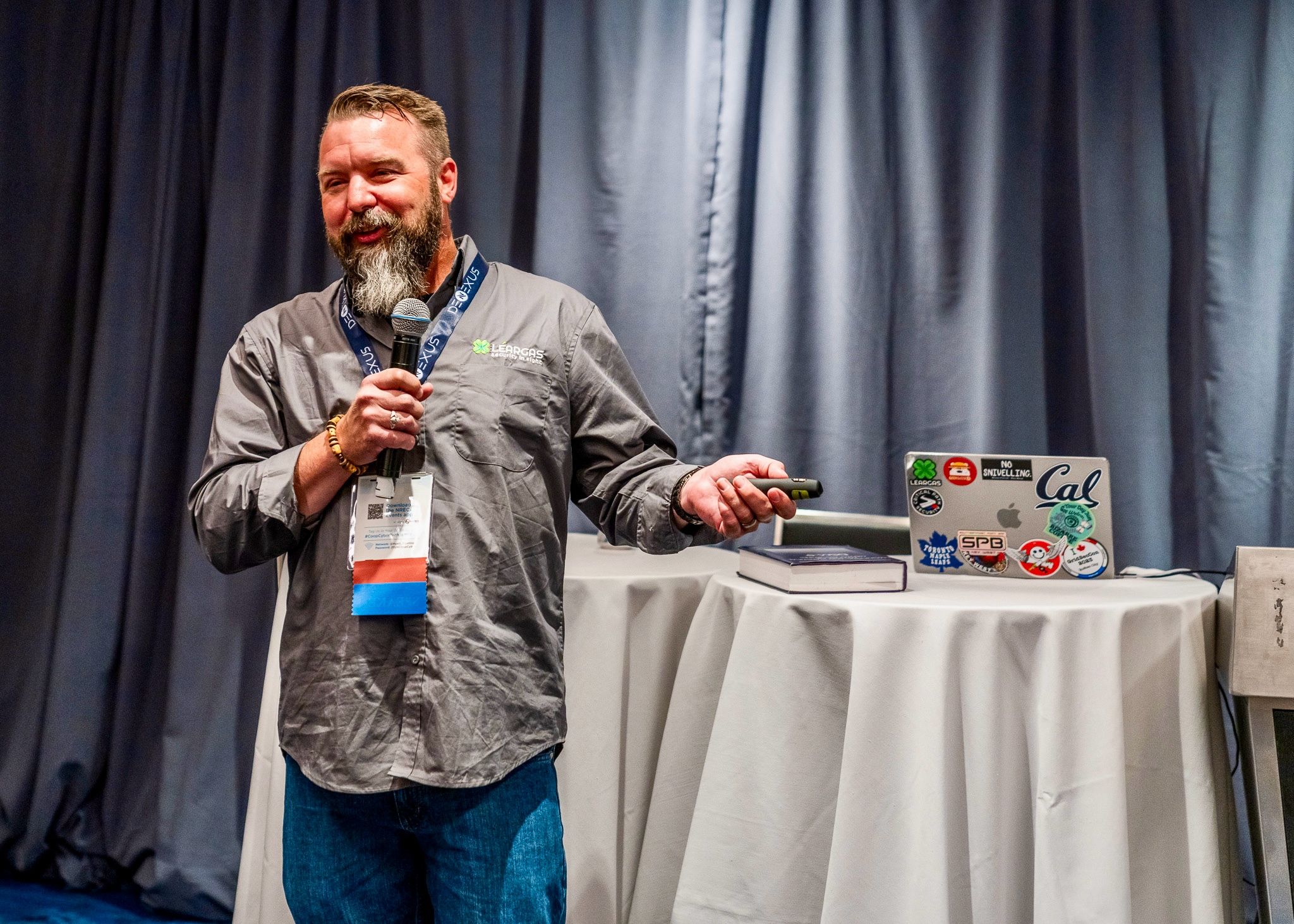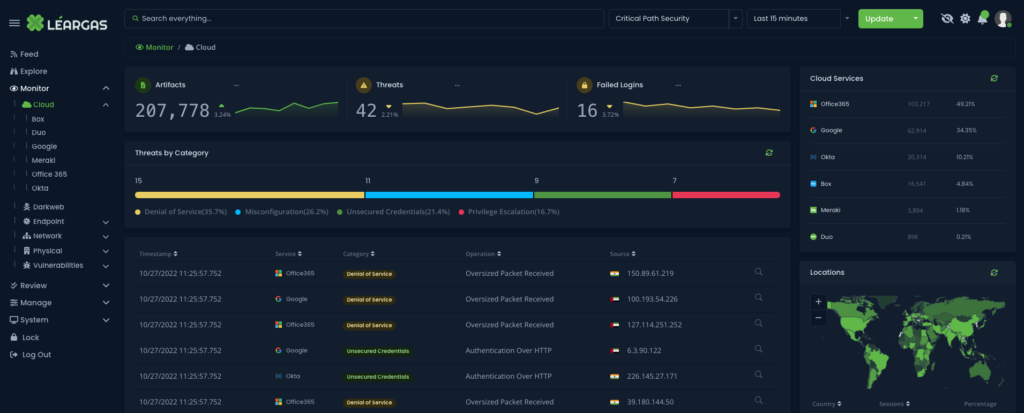Patrick Kelley, CEO of Leargas Security, will be a featured speaker at the IAEC IT Fall Conference, hosted by the Iowa Association of Electric Cooperatives. The event is set for October 8-9, 2024, at The Rewind by Hilton in West Des Moines, Iowa. The conference brings together IT and cybersecurity leaders to tackle the pressing challenges in protecting critical infrastructure within the energy sector.
Continue readingLéargas Returns to NASCAR Xfinity Series with Driver Ryan Vargas!
This past weekend was an exciting one for Léargas Security as we were proud to see our brand represented in the NASCAR Xfinity Series by driver Ryan Vargas. After a challenging year for the Mike Harmon Racing (MHR) #74 team, Ryan had the opportunity to get back behind the wheel at Kansas Speedway-showcasing both his racing skills and our Léargas Security fire-suit throughout the weekend.
Continue readingPatrick Kelley to Speak at the MRO Security Conference 2024
Patrick Kelley, CEO of Léargas Security, will be a featured speaker at the 2024 MRO Security Conference, scheduled to take place on October 1-2, 2024, in St. Paul, Minnesota. This annual conference brings together experts in the energy and security sectors to discuss pressing issues in cybersecurity, particularly as they relate to the protection of critical infrastructure.
Continue readingRace Report: EuroNASCAR PRO Round 9 at Autodrom Most, Czech Republic
The 2024 NASCAR Whelen Euro Series season finale at Autodrom Most, Czech Republic, presented a weekend full of challenges and perseverance for Ryan Vargas and the Leargas Security team. Despite a tough start during practice, where the team battled a persistent tight-center handling issue due to a failing left-front shock, the crew’s dedication and hard work set the stage for a remarkable comeback.
Continue readingEmpowering Cybersecurity: A Special Workshop by Patrick Kelley at E-ISAC’s CRISP
We are thrilled to announce that our founder, Patrick Kelley of Léargas Security, will be leading a profound workshop titled “In the Trenches of Cybersecurity: A Practical Guide to Incident Response” at the forthcoming Cybersecurity Risk Information Sharing Program (CRISP) event hosted by E-ISAC. This event is scheduled for May 14th in Chicago, IL, and is set to be an essential learning opportunity for cybersecurity experts.
Continue readingRyan Vargas Claims First Euro Series Podium, Leads 3F Racing and Léargas Security Racing to Top Team Honors
After a 5-year wait, the Euro series finally returned to racing on an oval. The anticipation leading up to this weekend’s races was unlike anything seen before in NASCAR on this side of the Atlantic. Many wondered if the event would meet the high expectations, and those concerns were quickly dispelled by a thrilling NASCAR 2 race on Saturday, delivering an unforgettable experience for the fans.
Continue readingAnnouncing Patrick Kelley’s Speaking Engagements for the Second Half of 2024
We are thrilled to announce that Patrick Kelley, CEO of Leargas Security, will be presenting at several prestigious cybersecurity conferences throughout the latter half of 2024. With over 30 years of experience in the field, Patrick is set to share his extensive knowledge and insights on various critical topics.
Continue readingLéargas to participate in the Georgia EMC Technology Association’s Fall Meeting
In a fast-evolving world where technology stands as the backbone of numerous sectors, bringing together industry professionals to foster collaboration and growth is not just a necessity, but a mission to advance the industry further. The Georgia EMC Technology Association, an esteemed body with a focused approach to fostering excellence in the field of information technology, continues its long-standing tradition of promoting learning and collaboration with its upcoming Fall Meeting scheduled for September 20-22, 2023. This year, we are thrilled to announce Leargas Security as the proud sponsor of this promising event.
Continue readingLéargas Security Sponsors NRECA 2023 Co-op Cyber Tech
Léargas Security, a leading cybersecurity firm, has made a name for itself by providing top-notch security solutions and services to clients worldwide. With a focus on innovation, Léargas Security stays ahead of emerging threats by continuously updating its strategies and techniques. The company’s dedication to excellence has made it the perfect partner for NRECA in the 2023 Co-Op Cyber Tech Conference.
Continue reading










